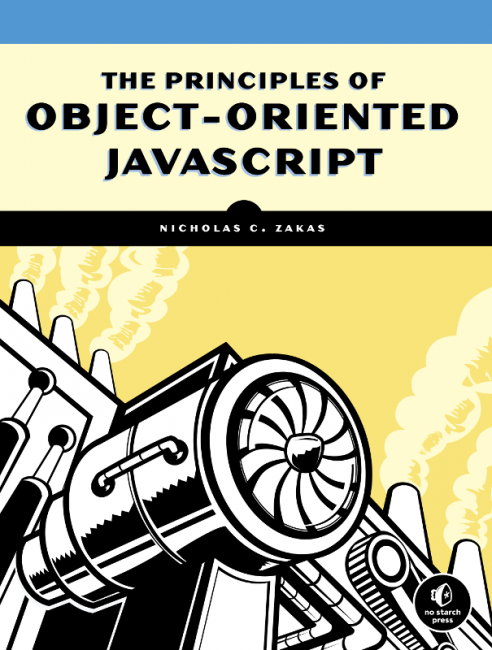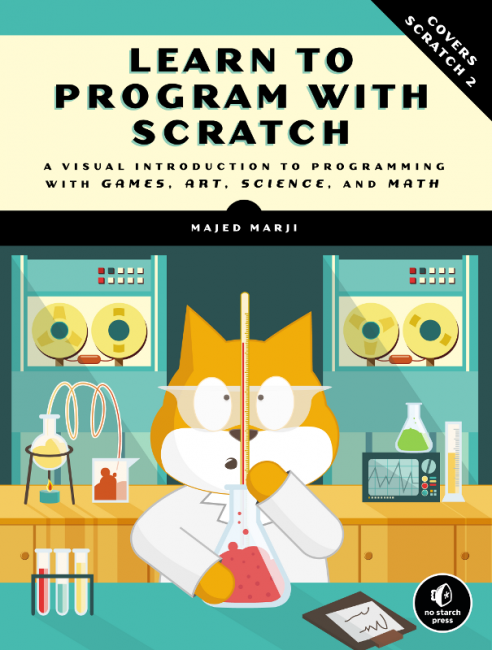In order to make the most of jsFiddle, however, I had to sort out a few things. Please feel free to share your own bag of tricks, and here are some of mine.
- Use the Ionic bundle as an External Resource. You can select AngularJS 1.2 from Frameworks and Extensions, but if you add the following links to External Resource, you will get a bundle containing both AngularJS and the Ionic Framework, which allows you to do some clean mobile UI.
http://code.ionicframework.com/1.0.0-beta.6/js/ionic.bundle.js
http://code.ionicframework.com/1.0.0-beta.6/css/ionic.css
You may strip out the Ionic stuff before you release your work, but I have found it to be a great framework for rapid prototyping with a Mobile First mindset. Cards are great. Also, ngCordova is an extension for Ionic which allows you to embed your work into iOS or Android using PhoneGap.Ionic may not be perfect (it's still in beta), but it is very Mobile First, useful for rapid development, and has a lot of similarities with Bootstrap. Try it out.
- Embedded results pages are great, but they often fail to load until you change "https" to "http". Same goes for the External Resources. Get used to quietly deleting the "s" during demos, and hoping that nobody notices.
GitHub and jsFiddle can work very well together. I suspect you could get similar results with Gist or Codepen, but I personally prefer jsFiddle. Learn to use social repositories to create individual code samples and project pages.
- JSONP can work, this is very handy. I often set up JSONP files, JSON wrapped in a function call, on a GH Page on GitHub, so that I can access them later as though they were an actual API. In order to do so, rather than echoing the call from the jsFiddle itself, I have a useful Angular directive I use:
rhizomeBase.factory('jsonpService', function ($http) { var svc = {}, jsonp_data jsonp = function(data) { jsonp_data = data } svc.getData = function(callback, url) { $http({ method: "JSONP", params: { input: "GM", callback: "jsonp" }, url: url, isArray: true }).success(function(data, status) { callback(jsonp_data) }).error(function(data, status) { callback(jsonp_data) }); }; return svc });
All this service does is set up an http: request as a promise, and then apply a callback whether the request succeeds or fails. It turns out that when the request succeeds, jsFiddle treats this as a failure, but all of this gets hidden in the service. In practice, once you have an Angular application set up in jsFiddle, you can call inject the service into your controller or directive and invoke it with a very direct call like this:jsonpService.getData(function(data) { alert(JSON.stringify(data)) }, url)One of the things a pastebin allows you to do is prototype a client application without having to worry about building a server-side API first. Hosting a handful of sample messages on GitHub is a good way to accomplish this.
- Use appropriate standards. This is really the flip side of building a client-side application first. If you have access to a JSON-based standard like NIEM, or you can use a snippet gleaned from Schema.org, this will save you some design time and get you moving in a forward trajectory. In my case, the JSON flavour of HL7 FHIR, the component-based nature of Angular, and the ease of use and built in UX touches of Ionic are a perfect storm for the kind of work I like to do, and jsFiddle is the glue that holds these together.
If you can, learn and use appropriate standards.













